S-4: Difference between revisions
Pbcjohnston (talk | contribs) FInished adding captions |
Pbcjohnston (talk | contribs) |
||
| Line 170: | Line 170: | ||
=== <big>A walkthrough of the S-4 interior, December 25, 1919.</big> === | === <big>A walkthrough of the S-4 interior, December 25, 1919.</big> === | ||
</div> | </div> | ||
<div style="text-align: justify;"><span style="color:#00008B">These photos were all taken on the same day, Christmas 1919. They are a great representation of the interior of a Government design S-boat. They would be typical of all 19 of those boats, with some variations due to group and builder. | <div style="text-align: justify;"><span style="color:#00008B">These photos (with one exception) were all taken on the same day, Christmas 1919 while the boat was moored at the Portsmouth Navy Yard in Kittery, ME. They are a great representation of the interior of a Government design S-boat. They would be typical of all 19 of those boats, with some variations due to group and builder. | ||
[[S-4 interior photos|Click here for these photos.]] | [[S-4 interior photos|Click here for these photos.]] | ||
Revision as of 21:17, 2 August 2023
Notes
Exterior Photos
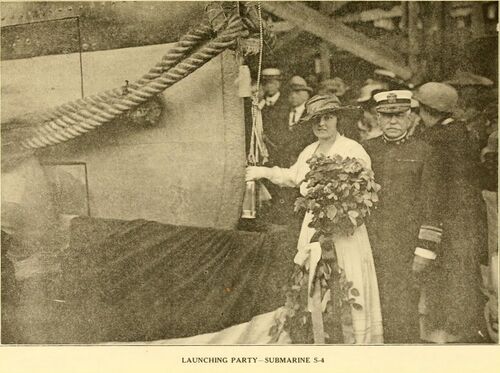
Photo from the Portsmouth Navy Yard Industrial Department newsletter "Life Buoy", 1919.
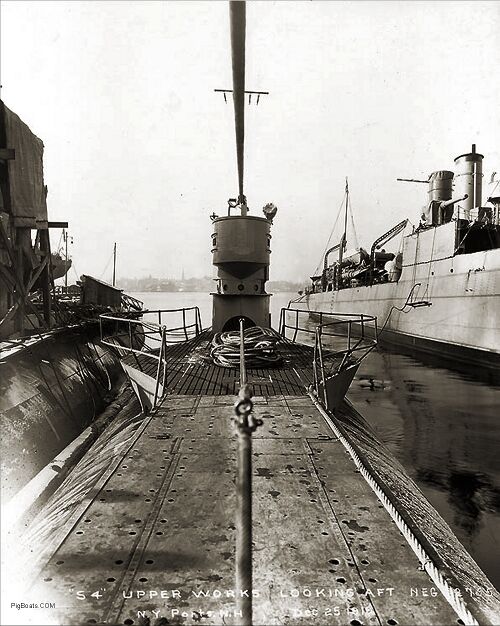
U.S. Navy photo.
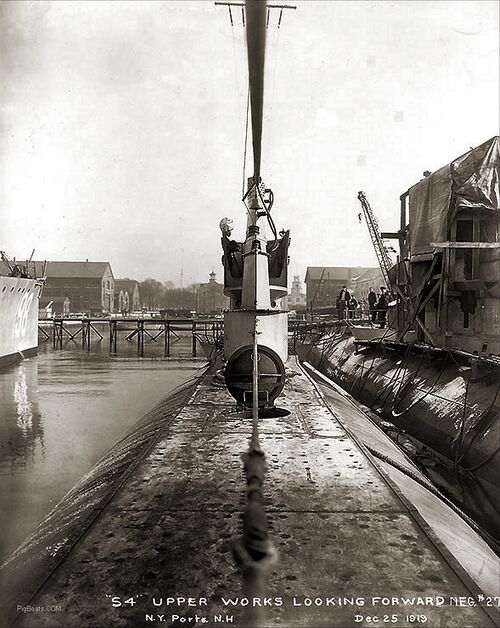
U.S. Navy photo.

Photo # 19-N-2757 courtesy of NARA.
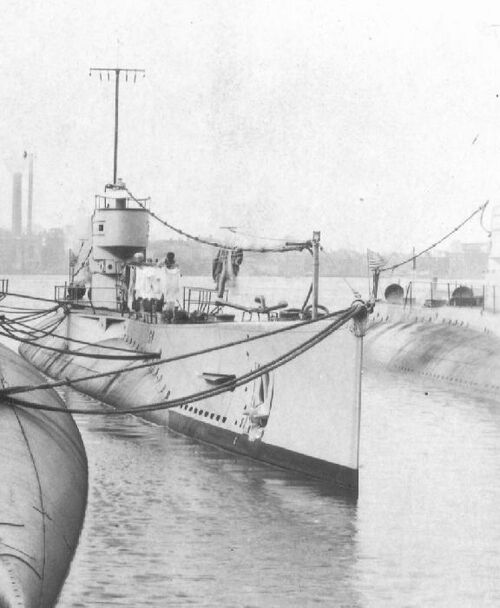
U.S. Navy photo.

Photo in the private collection of Ric Hedman.

Photo in the private collection of Ric Hedman.
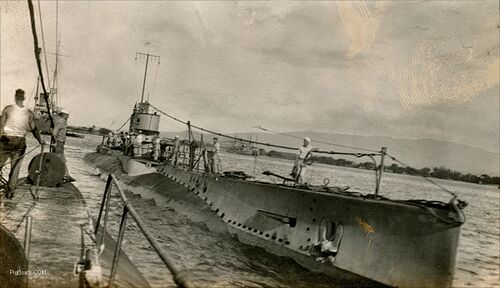
Several auxiliary mine warfare vessels can be seen in the background. One is most likely to be the USS Lapwing (AM-1), engaged in mine sweeping operations in Hawaiian waters from January 1921 until she decommissioned April 11, 1922. The other is most likely the USS Oriole (AM-7), who was also decommissioned in 1922 on May 3rd. Both were decommissioned due to the Washington Treaty B terms.
The S-4 sailed with SubDiv 12, and SubDiv 18 from Portsmouth, NH for Cavite in the Philippines on November 18, 1920 and arrived, via the Panama Canal, at Pearl Harbor on April 15, 1921. They departed Pearl Harbor on November 3, 1921 for Cavite, arriving December 1, 1921.
Original photo in the private collection of Ric Hedman.
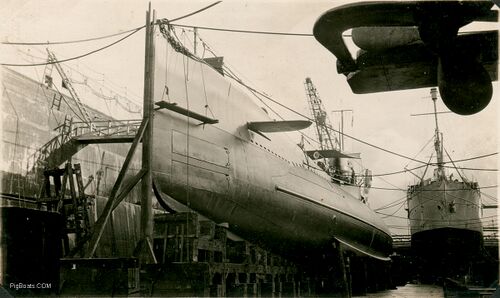
Photo in the private collection of Ric Hedman.
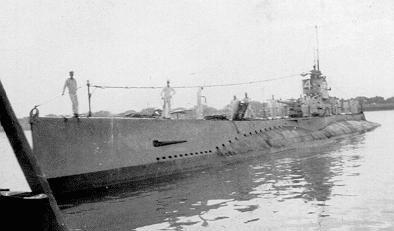
Original photo in the private collection of Ric Hedman.
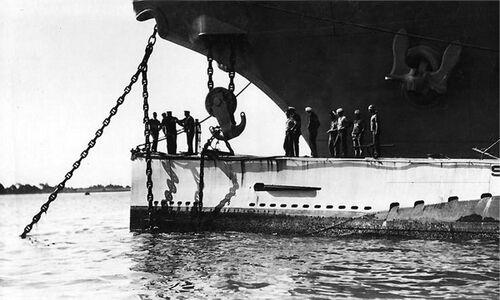
In this circa 1926/27 photo you can see that the bow has already been raised about three to four feet judging by the marine growth seen on the hull. Location is either San Diego or Panama, the S-4 was in both locations with the Holland prior to her move to the east coast.
U.S. Navy photo.

U.S. Navy photo.
Post-sinking career
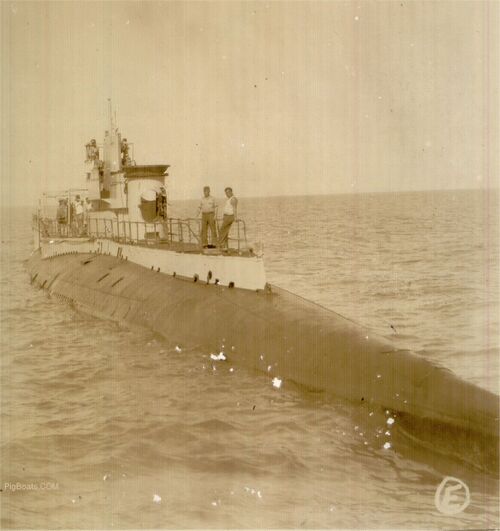
This photo shows her with a large prototype escape trunk installed over the engine room hatch. The photo date is circa 1929. This trunk was one half of the former airplane hangar from the S-1 (SS-105). The other half was used in the development of the McCann Rescue Chamber.
All escape trunks on USN boats from the fleet boats up through the post WWII diesel fast attacks have a door in the side. This is done so that a bubble of air is trapped at the top of the trunk during the escape process. This enables the group of escapees to keep their head out of the water as each of them exits the boat one at a time. Once the trunk is equalized to the surrounding water pressure the side door is opened to facilitate the escape, but the lip between the top of the trunk and the top of the side door retains the air bubble. Once the last of the group exits the boat, the remaining crew inside the torpedo room shuts the side door hydraulically, pumps down the trunk, and equalizes it with the interior pressure, thus enabling the lower hatch to be opened and a new group of escapees to enter the trunk.
Notice how the top of the trunk is flared out slightly. In the case of a McCann chamber rescue, this creates a seating surface for the chamber to seal onto. Of course, the side door would stay closed in this case because the trunk would stay dry the whole time.
The S-4's trunk was experimental in nature and was larger than the ones installed in later boats, but is was essentially the same. Imagine a slightly smaller version of this trunk buried down inside the superstructure of the much larger fleet boats and you will get the picture.
Original photo in the private collection of Ric Hedman.
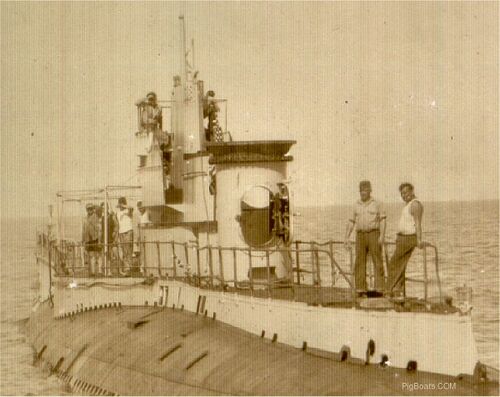
Original photo in the private collection of Ric Hedman.

Swede Momsen was assigned to the Submarine Base in 1929 instructing men in the lung's use after conducting extensive experiments himself and with Chief Gunner's Mate Clarence L. Tibbals and Frank M. Hobson, a civilian Navy employee, in the development of the device.
The sinking of the S-51 and later the S-4, (which had six men alive in the bow torpedo room for three days), deeply effected Momsen. Being a submariner himself he knew very well what this meant. If a sunken submarine could not be immediately raised to the surface, death was the only alternative to a trapped crew.
With the loss of these crews, he was driven to find some way for the sailors to escape from a sunken submarine. With the aid of the two men named above the Submarine Escape Lung was perfected. The newspapers began calling it the Momsen Lung despite the Navy's best efforts to correct them. The Momsen Lung remained in service until 1962 when it was replaced by the Steinke Hood.
Original photo in the private collection of Ric Hedman.

Original photo in the private collection of Ric Hedman.
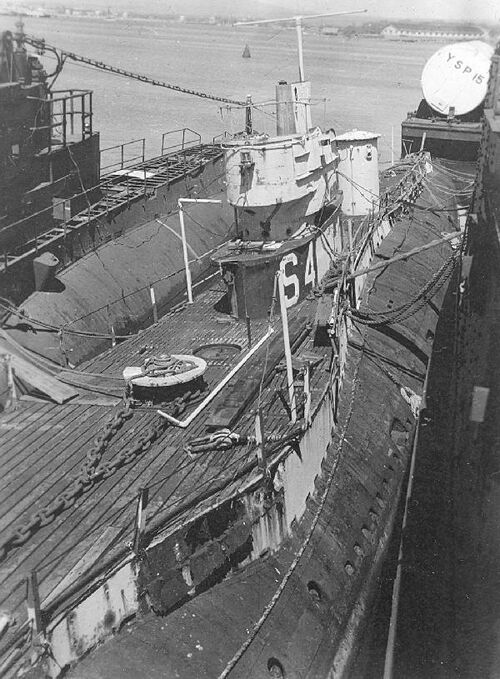
Original photo in the private collection of Ric Hedman.

Original photo in the private collection of Ric Hedman.
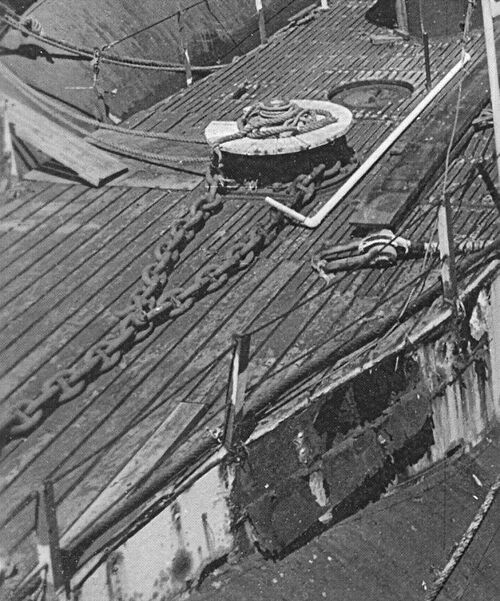
Original photo in the private collection of Ric Hedman.
A walkthrough of the S-4 interior, December 25, 1919.
Page created by:
Ric Hedman & David Johnston
1999 - 2023 - PigBoats.COM©
Mountlake Terrace, WA, Norfolk, VA
webmaster at pigboats dot com
